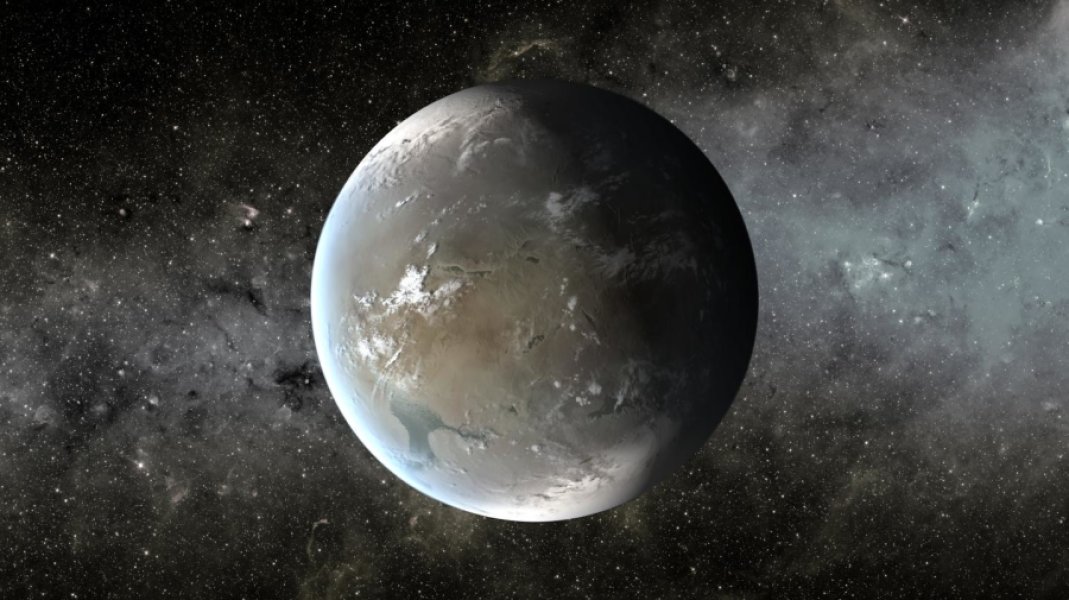Super-Earth Exoplanet’s Atmosphere Studied By Astronomers

Researchers have been exposed to a significant number of discoveries thanks to the Kepler Space Telescope. As a high number of solar systems have been discovered. It has been revealed that one type of planet is the most common, among the thousands found by Kepler. The planet type is one we do not have in our solar system.
Designated Super-Earth or Sub-Neptune, it’s sized between the two planets in our system. Astronomers are carefully studying one of these Super-Earth planets with the help of the Hubble and Spitzer space telescopes. With these instruments, scientists have managed to investigate the atmosphere of a planet designated GJ 3470. To their surprise, they witnessed a rather light atmosphere that was formed out of hydrogen and helium, much like one found around a star, not a planet.
The planet type is foreign to our system as its mass is 12.6 times more significant compared to Earth. But still lower than Neptune, which is 17 times the mass of Earth. GJ3470 has a 3-day orbit around a red dwarf star, which is cooler than our own. Planets in the Super-Earth category have different builds, ranging from frozen worlds to little gas planets. Their helium and hydrogen atmospheres are usually quite deep, much like the gas giants in our solar system.
Astronomers study a Super-Earth Exoplanet’s Atmosphere
When compared to Earth, the atmosphere here is much thinner and is made up of nitrogen and oxygen, which are heavier materials. In many cases, the Super-Earth planets have a more substantial mass due to their thicker atmospheres. With the inner rock formations being only a little larger than Earth.
Bjorn Benneke from the University of Montreal, Canada comments: “We expected to find an atmosphere strongly enriched in heavier elements like oxygen and carbon that create abundant water vapor and methane gas. Instead, we found an atmosphere that is so poor in heavy elements that its composition resembles the hydrogen- and helium-rich composition of the Sun.”
This changes the way astronomers theorize the formation of planets and their orbits. When an exoplanet with such a low orbit is discovered, it is assumed that it was formed farther away from the star. Keeping it shielded from the elements streamed by the star, like hydrogen and helium. With the planet being pulled inwards, slowly over time.
0 comments